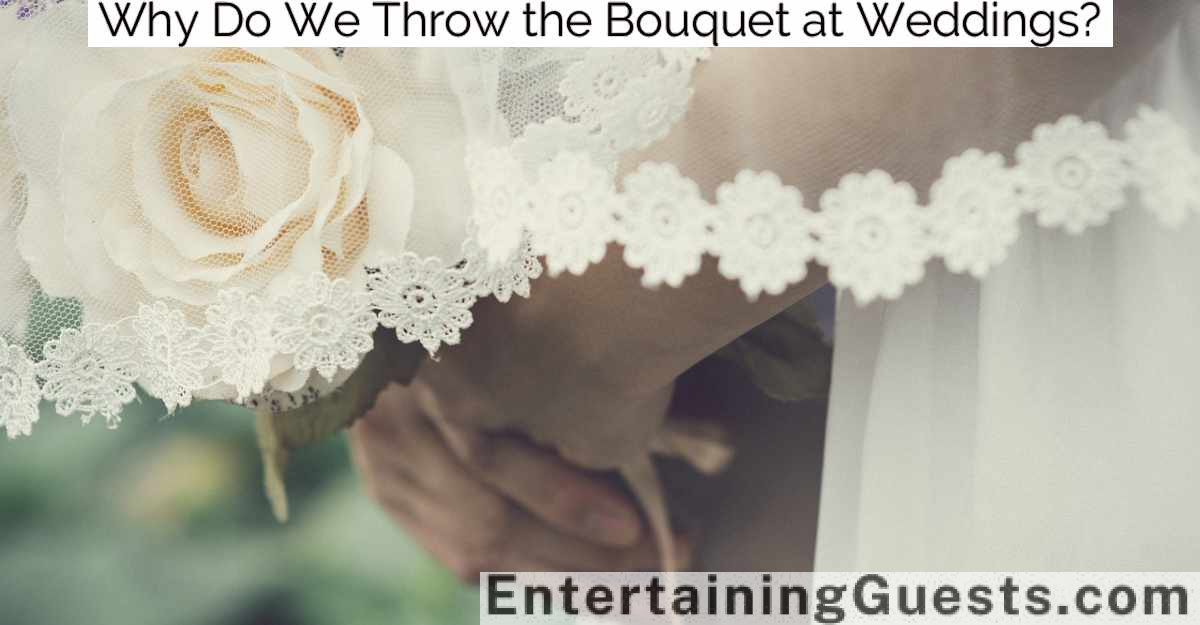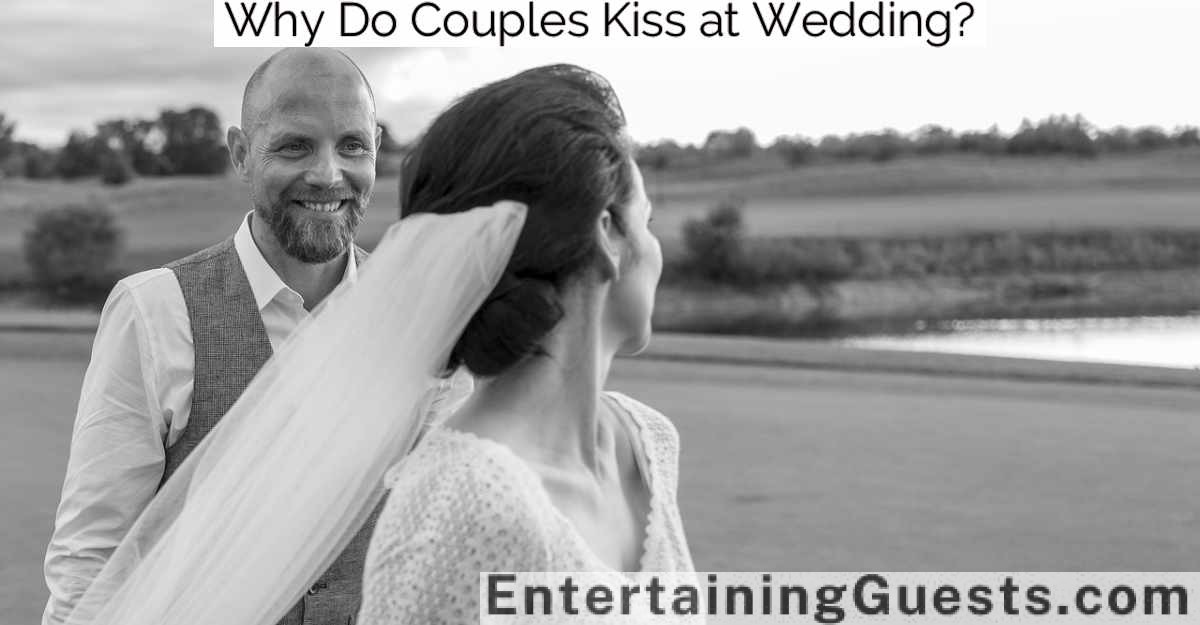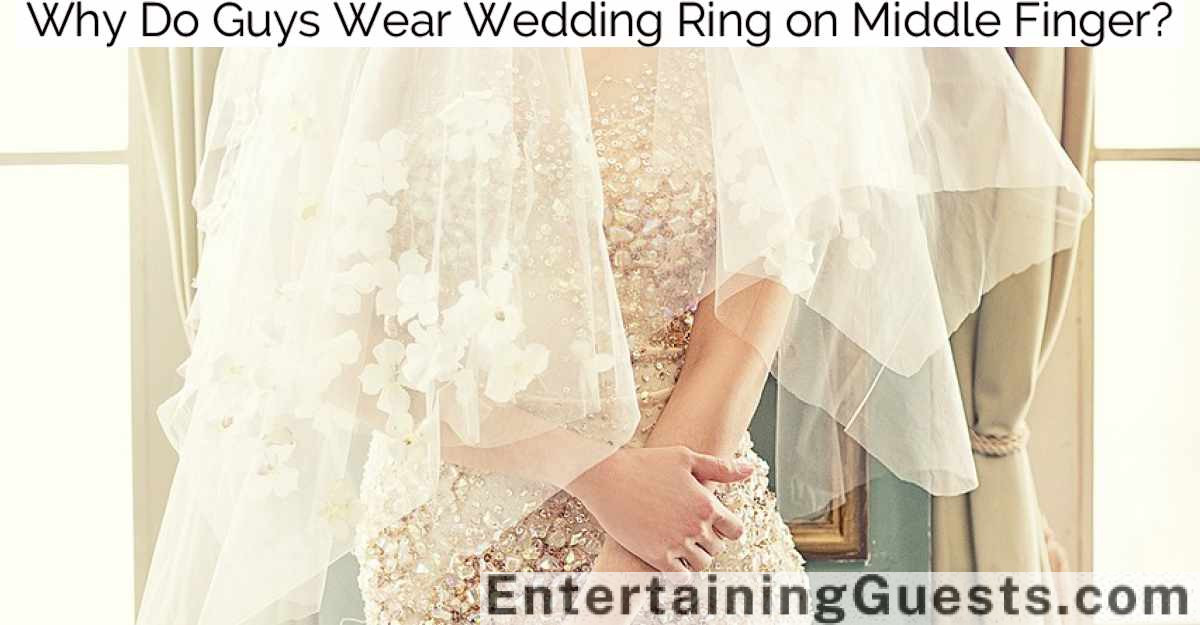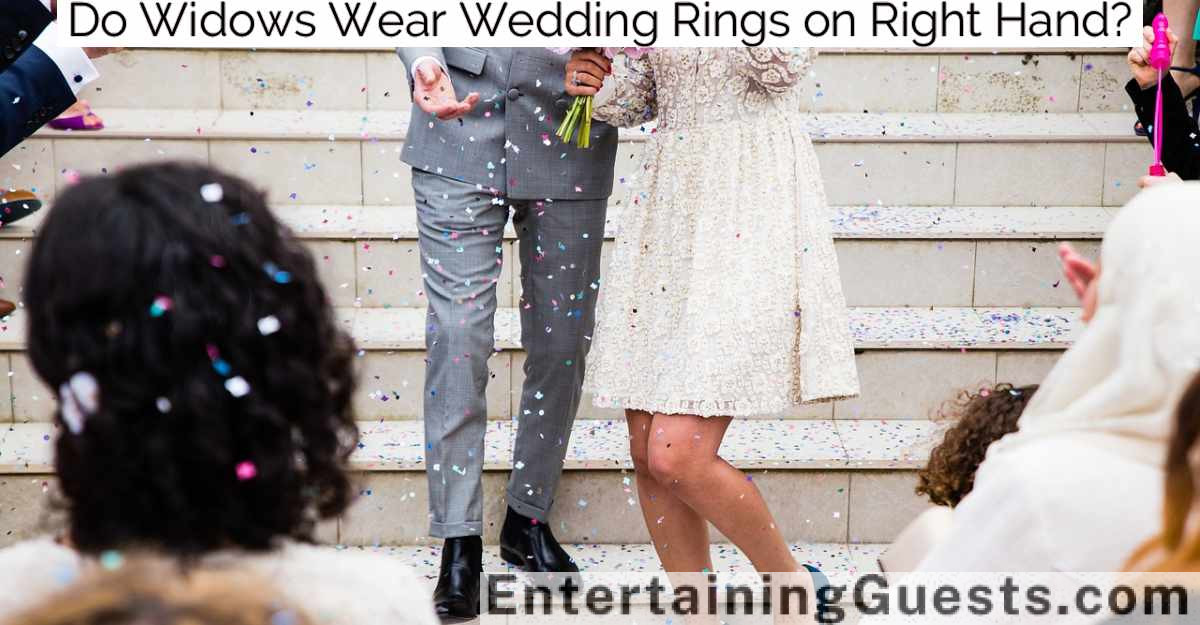You might wonder why brides traditionally toss the bouquet at weddings. This practice dates back to 14th-century England, where it was believed to confer luck upon the catcher. Originally from customs where guests tore pieces of the bride’s dress for good fortune, the bouquet toss evolved as a safer alternative. Initially, these bouquets consisted of herbs and garlic, aimed at warding off evil. Over time, ornamental flowers replaced practical herbs, transforming into a symbol of transferring the bride’s fortunes and blessings of fertility and happiness to an unmarried woman. The modern ritual, infused with deep historical and cultural significance, continues to be a vibrant part of wedding festivities, hinting at a rich tapestry of traditions and meanings explored in further cultural contexts.
Key Takeaways
- The bouquet toss originated in 14th-century England to bestow luck on the catcher, replacing the earlier practice of tearing the bride’s dress.
- Initially, bouquets contained herbs and garlic to ward off evil spirits, evolving into ornamental displays for beauty and fragrance.
- Tossing the bouquet symbolizes transferring the bride’s fortune and fertility to an unmarried woman, continuing ancient fertility rites.
- The modern bouquet toss connects the bride with unmarried female guests, fostering participation and celebrating community bonds.
- In contemporary weddings, variations like charity auctions and personalized messages adapt this tradition to reflect personal values and community engagement.
Historical Origins of Bouquet Tossing
The tradition of tossing the bouquet at weddings traces its origins back to 14th-century England, where it was believed to bestow luck upon the catcher.
During that era, it was common for guests to tear pieces off the bride’s dress, which they considered tokens of good fortune. To escape this frenzy and preserve her gown, a bride would throw her bouquet into the crowd. This act not only protected her attire but also offered a piece of her luck to whomever caught the bouquet.
As you explore this tradition, you’ll find that it has evolved greatly. Initially, the bouquet comprised herbs and garlic, intended to ward off evil spirits. This choice of plants reflected a deeper, almost medicinal purpose in the rituals of early matrimonial ceremonies.
Over time, these practical bouquets transformed into more ornamental ones, incorporating flowers known for their beauty and fragrance.
You should also note that this practice wasn’t isolated to England. Variations appeared throughout Europe, each adapting the tradition to local customs and beliefs.
Today, the bouquet toss is a playful, anticipated moment at many weddings, symbolizing the passing of luck from the bride to a potential future bride.
Symbolism in Ancient Rituals
You’ll find that the roots of bouquet tossing at weddings intertwine deeply with ancient fertility rites.
This tradition symbolically passed the bride’s fortune to another woman as she shifted from maidenhood.
Over time, these cultural rituals evolved, reflecting broader societal changes and attitudes toward marriage and luck.
Fertility Rites Origins
Although tossing the bouquet is now a playful tradition at weddings, it originated from ancient fertility rites meant to guarantee the bride’s prosperity and fertility. In these early ceremonies, you’d find rituals steeped in symbolism, designed to assure a fruitful union. Elements of nature, particularly flowers and herbs, were integral. They weren’t just chosen for their beauty but for their supposed magical properties to enhance fertility and ward off evil spirits.
You might wonder how these practices evolved into the bouquet toss as you know it. Historically, flowers and herbs formed an essential part of wedding rites. Each selection in a bridal bouquet held specific meanings and intentions. Lavender for devotion, ivy for fidelity, and myrtle for love—all chosen to foretell and foster a successful marriage. Over time, the act of keeping these plants close during the ceremony, and later disposing of them, was believed to pass on their symbolic virtues.
Thus, the act of throwing the bouquet wasn’t merely about disposing of an item but symbolically sharing the blessings of fertility and happiness with others. This gesture allowed the bride to distribute her fortune among those she cares about, continuing the circle of communal and familial prosperity.
Transitioning Bridal Fortunes
Delving into the symbolism of ancient rituals, brides were seen as conduits of divine blessings and prosperity, a belief deeply embedded in the customs surrounding their passage from maidenhood to matrimony.
As you explore these rites, you’ll discover how each practice encapsulated a hope for the future, a gesture to secure fortune and protect against misfortune.
Here are some key elements from these ancient rites:
-
Garland Exchange: Symbolized a transfer of spiritual protection and fortune; often made from herbs believed to ward off evil spirits.
-
Handfasting: Tied the couple’s hands together with a cord, signifying their binding to shared destiny and intertwined fate.
-
Circling the Holy Fire: Represented purification and the light of wisdom guiding the couple’s new journey together.
-
Veiling the Bride: Served to shield the bride from envious spirits, cloaking her in mystery and sanctity until she was safely wed.
-
Anointing with Oils: Consecrated the bride, enhancing her aura and status as a vessel of fertility and prosperity.
These customs weren’t merely ritualistic but were steeped in the belief that the sacred passage of a bride could influence her new family’s fortunes immeasurably.
Cultural Ritual Evolution
As cultures evolve, so too do the rituals that define them, embedding deeper meanings into practices once rooted in ancient beliefs.
You’ll find that the wedding bouquet toss is a vivid example of this transformation. Initially, it wasn’t merely a festive gesture, but a practice steeped in the desire for protection and prosperity. Ancient times saw the bouquet composed of herbs and spices, believed to ward off evil spirits and guarantee a fertile union. As you explore deeper, you’ll realize this wasn’t just superstition but a symbolic armor for the couple’s journey.
Over centuries, the transformation of this ritual reflects a shift in societal values and the role of women in marriage ceremonies. The modern toss is less about warding off spirits and more about passing on joy and fortune to another. It’s a playful, anticipatory moment that connects the bride with the community of unmarried women present, who now enthusiastically participate in the hope of being the next to marry.
Understanding these layers, you appreciate not just the act but the rich tapestry of human history and belief it represents, making your participation or observation of such rituals more meaningful.
Victorian Influences on the Tradition
Many Victorian customs have profoundly shaped the modern tradition of throwing the bouquet at weddings. During the Victorian era, every detail of a wedding was laden with symbolism and orchestrated to convey specific societal messages. You’ll find that the act of tossing the bouquet, a seemingly simple gesture, is deeply rooted in these older practices.
Symbol of Change: The bouquet represented a bride’s change from maidenhood to married life. Passing it on symbolically transferred her good fortune to another.
Warding Off Evil: Flowers and herbs in the bouquet were chosen for their supposed powers to ward off evil spirits, ensuring the bride’s purity and fertility.
Emphasis on Fertility: The throwing of the bouquet was seen as a blessing of fertility bestowed upon the catcher, an important aspect in Victorian society.
Social Hierarchy Observance: The act also reinforced social hierarchies, as only unmarried women were invited to catch the bouquet, highlighting their roles in the matrimonial market.
Public Spectacle: Victorian weddings became increasingly public and elaborate, and the bouquet toss evolved into a spectacle, reflecting societal wealth and status.
These elements have subtly woven their way into the fabric of today’s bouquet-tossing tradition, continuing to influence its significance and execution.
Modern Interpretations and Practices
As you explore the current wedding landscape, you’ll find that the symbolism in modern weddings has evolved, reflecting broader societal changes.
Cultural variations are particularly fascinating, as they mark how diverse communities reinterpret traditional practices.
Furthermore, alternative bouquet rituals have emerged, offering new ways to celebrate this time-honored custom without adhering strictly to the conventional toss.
Symbolism in Modern Weddings
In modern weddings, the symbolism woven through traditions such as the bouquet toss reflects evolving cultural values and personal beliefs. As you plan your big day, you’ll find that each element, from the flowers you choose to the rituals you include, speaks volumes about your identity and values.
The bouquet toss, a playful tradition rooted in the desire for good fortune, has taken on new meanings in contemporary ceremonies. It’s no longer just about passing on luck in love; it’s about celebrating independence, friendship, and the future.
Here are some key symbols you might encounter:
-
White Wedding Dress: Represents purity and beginnings, but now often chosen for its classic beauty rather than symbolism.
-
Something Blue: Traditionally for fidelity and love, now it might be a personal twist, like a blue tattoo or jewelry.
-
Wedding Rings: Eternal love and commitment, increasingly personalized with unique engravings or custom designs.
-
Unity Candle: Symbolizes the joining of two families; in modern contexts, can also include blended family ceremonies.
-
The Arch or Canopy: Originally a protective shelter, now often styled to represent the couple’s new universe they’re creating together.
Each of these elements allows you to express your unique story and the merging of past, present, and future.
Cultural Variations Explored
Weddings around the globe exhibit a rich tapestry of cultural variations, each interpreting traditional practices with modern twists that reflect current societal values and personal preferences. As you explore these diverse wedding traditions, you’ll find that the bouquet toss, a common feature in Western weddings, has been adapted uniquely across different cultures.
Here’s a snapshot of how different societies have embraced and personalized this tradition:
| Country | Adaptation of Bouquet Toss | Cultural Significance |
|---|---|---|
| Japan | Bouquet presentation | Gift to parents or guests as a token of respect and gratitude. |
| India | No toss, floral exchange | Flowers exchanged between families signify unity and blessing. |
| Italy | Breaking the bouquet | Smaller pieces signify shared luck among friends. |
| Brazil | Ribbon pulling | Each ribbon has a charm; the final one pulled releases the bouquet. |
| South Africa | Bouquet dedication | Dedicated to someone special, often with a speech. |
These adaptations not only preserve the essence of joy and community inherent in the traditional bouquet toss but also weave in local customs that enrich the celebration. By understanding these variations, you’re glimpsing into how deeply weddings are rooted in both personal and cultural identities, making each ceremony uniquely meaningful.
Alternative Bouquet Rituals
You’ll discover that beyond traditional customs, modern weddings often feature alternative bouquet rituals that reflect contemporary values and creativity. These new practices not only honor tradition but also infuse a personal touch, making each celebration unique.
Here’s a closer look at some of the inventive ways couples are reimagining this classic wedding moment:
-
Bouquet Share: Instead of tossing the bouquet, you might see the bride disassemble it, handing individual flowers to friends and family as symbols of love and appreciation.
-
Anniversary Toss: Some couples save the bouquet toss for a later moment during their marriage, such as their first anniversary, as a renewal of love and commitment.
-
Charity Auction: The bouquet is auctioned off during the reception, and the proceeds are donated to a charity dear to the couple’s heart.
-
Wish Bouquet: Guests write wishes or advice on tags and attach them to flowers. The bride then assembles these into her bouquet, carrying the collective blessings down the aisle.
-
Final Dance Toss: The bouquet is tossed during the final dance of the night, symbolizing the end of the wedding and the beginning of a new life together.
These alternatives not only personalize your wedding but also create memorable moments that resonate deeply with the values you cherish.
Cultural Variations Around the World
Cultural traditions at weddings, including the bouquet toss, vary considerably across different countries and regions. As you explore these varied customs, you’ll discover how the bouquet toss, a seemingly universal practice, adapts to fit local traditions and beliefs.
In Sweden, for instance, instead of throwing the bouquet, brides often carry a small bouquet of strong-smelling herbs including garlic, chives, and rosemary, to ward off any evil spirits. The practice is deeply rooted in folk traditions and serves as a protective charm for the new couple. Conversely, in Peru, the bouquet toss has a unique twist. During the reception, the bride hands her bouquet to a single woman, who then wears a blindfold and spins around before choosing a balloon to pop. Each balloon contains the name of a single attendee, predicting the next to marry.
Here’s a table showcasing similar variations in other regions:
| Country | Tradition | Significance |
|---|---|---|
| Sweden | Herbal Bouquet | Protection |
| Peru | Balloon Pop | Marriage Prediction |
| India | Flower Shower | Blessings |
These customs not only highlight cultural diversity but also enrich the symbolism woven into the fabric of matrimonial celebrations worldwide. You’re encouraged to investigate deeper into these unique traditions, enhancing your understanding of global wedding practices.
Impact on Contemporary Wedding Celebrations
As traditions evolve, modern couples often adapt the bouquet toss to reflect their personal values and cultural background, enriching their celebration with a blend of old and new customs.
You’re likely to see the bouquet toss take on new forms, or sometimes be replaced altogether with alternative rituals that are equally engaging but more personally meaningful.
Here are some notable variations and adaptations you might encounter:
-
Personalized Messages: Some couples include small notes or charms within the bouquet. Each carries a special wish or message for the catcher.
-
Charity Contributions: Instead of a toss, donations are made to a charity when the bouquet is handed over to someone at the wedding.
-
Joint Toss: Couples may opt to throw the bouquet together, symbolizing their shared journey and future.
-
Alternative Items: In lieu of flowers, other items like plush toys or gift cards are tossed to the guests, creating a playful atmosphere.
-
Cultural Incorporation: Elements from each partner’s heritage are woven into the bouquet, making the toss a celebration of blended cultures.
These adaptations guarantee that every aspect of your wedding, including the bouquet toss, feels deeply personal and inclusive, resonating with the diverse values of all your guests.
Frequently Asked Questions
How Can Shy Brides Participate Without Feeling Overwhelmed?
To participate comfortably, you can choose a smaller, more informal gathering for activities or delegate the toss to a bridesmaid. It’s your day; tailor events to suit your comfort level and enjoyment.
What Are Alternatives to Flower Bouquets for Tossing?
You could toss a plush toy, handkerchief, or paper airplane instead of a flower bouquet. These alternatives are fun, less traditional, and might ease your nerves while still engaging your guests.
How Does Bouquet Tossing Affect Wedding Photography?
Bouquet tossing at weddings adds dynamic, candid moments for photographers to capture. You’ll see it heightens the excitement, resulting in vibrant, spontaneous shots that encapsulate the joy and energy of your special day.
Is It Acceptable to Skip the Bouquet Toss?
Yes, you can absolutely skip the bouquet toss at your wedding. It’s your day, and modern trends support personalizing traditions to suit your preferences. Focus on what makes you happiest.
Can the Bouquet Toss Be Done at Non-Wedding Events?
Yes, you can throw the bouquet at non-wedding events. It’s a fun, lighthearted tradition that can add excitement and a touch of festivity to various celebrations, such as anniversaries or engagement parties.
Conclusion
As you’ve explored, the bouquet toss at weddings is a tradition steeped in history and symbolism, evolving from ancient rituals to Victorian influences.
Today, it remains a cherished custom, varying culturally but universally symbolizing good fortune and joy.
Whether you embrace this practice for its historical roots or its modern interpretation, it adds a memorable touch to wedding celebrations, connecting the past with the present in the shared hope for the future.
Embrace the tradition, and make it your own.







